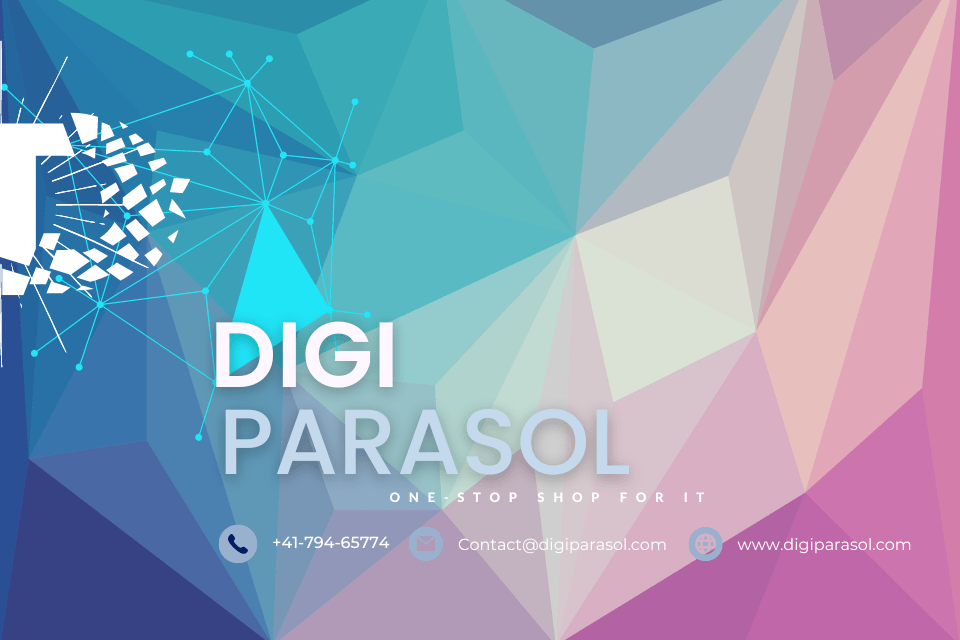Peer-to-peer learning, also known as collaborative learning, is an educational approach in which students work together in small groups to achieve a common goal. This method has been gaining popularity in recent years due to its numerous benefits for both students and educators. In this blog post, we will explore the advantages of peer-to-peer learning in educational settings, as well as provide some tips on getting started and the essential equipment needed to implement this approach effectively.
Benefits of Peer-to-Peer Learning:
1. Encourages active participation: Peer-to-peer learning promotes active engagement among students, as they are responsible for teaching and learning from their peers. This approach encourages students to take ownership of their education and actively participate in the learning process.
2. Fosters collaboration and teamwork: Peer-to-peer learning requires students to work together in groups, fostering collaboration and teamwork skills. This collaborative environment encourages students to share ideas, problem-solve together, and learn from each other’s perspectives.
3. Enhances communication skills: Working with peers in a small group setting allows students to develop their communication skills. They learn how to articulate their thoughts, ask questions, and engage in meaningful discussions with their peers.
4. Promotes critical thinking: Peer-to-peer learning encourages students to think critically about the material they are studying. Through discussions and debates with their peers, students are able to analyze information, evaluate different perspectives, and develop their critical thinking skills.
5. Builds confidence: Peer-to-peer learning provides students with the opportunity to teach and share their knowledge with their peers. This experience can help boost students’ confidence and self-esteem, as they see the value of their contributions to the group.
Tips on Getting Started with Peer-to-Peer Learning:
1. Set clear goals and objectives: Before implementing peer-to-peer learning in your classroom, it is essential to establish clear goals and objectives for the activity. What do you want students to achieve through this approach? How will you assess their learning?
2. Create diverse groups: When forming groups for peer-to-peer learning activities, it is important to consider the diverse backgrounds, skills, and learning styles of your students. Mixing different personalities and abilities can enhance the learning experience for everyone involved.
3. Provide guidance and support: As an educator, it is crucial to provide guidance and support to students as they engage in peer-to-peer learning activities. Offer resources, facilitate discussions, and monitor the progress of the groups to ensure that everyone is on track.
4. Encourage reflection: Encourage students to reflect on their peer-to-peer learning experiences. What did they learn from their peers? How did this approach enhance their understanding of the material? Reflection can help students make connections between their learning and real-world applications.
Essential Equipment for Peer-to-Peer Learning:
1. Collaboration tools: Utilize collaboration tools such as Google Docs, Padlet, or online discussion forums to facilitate communication and collaboration among students in small groups.
2. Interactive whiteboard: An interactive whiteboard can be a useful tool for students to brainstorm ideas, solve problems, and present their findings to the rest of the class.
3. Peer assessment tools: Use peer assessment tools to allow students to provide feedback to their peers on their work. Tools such as rubrics or peer evaluation forms can help students evaluate each other’s contributions effectively.
4. Classroom seating arrangement: Arrange your classroom seating to facilitate peer-to-peer learning activities. Consider grouping desks in small clusters or creating collaborative workstations to encourage teamwork and interaction among students.
In conclusion, peer-to-peer learning offers numerous benefits for students and educators alike, including active participation, collaboration, communication skills, critical thinking, and confidence building. By following the tips outlined in this blog post and utilizing the essential equipment recommended, educators can effectively implement peer-to-peer learning in educational settings and enhance the learning experience for their students.


